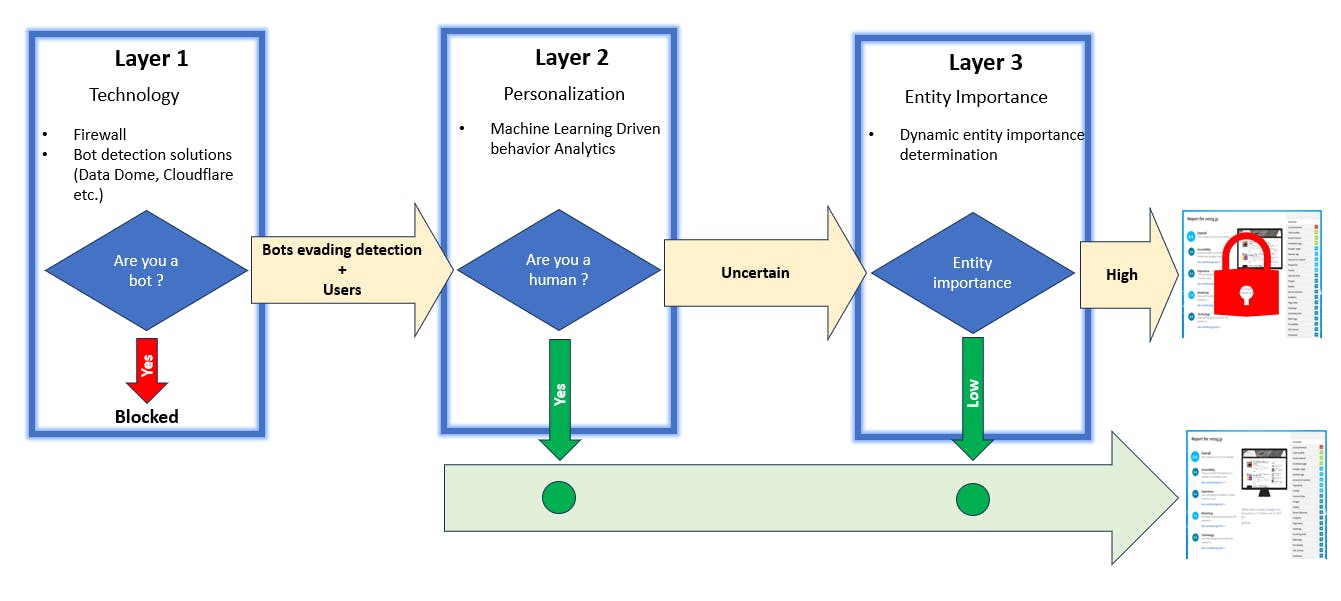The number of individual US states with local data privacy legislation on their statute books has expanded rapidly in 2025, with nine more state laws coming into effect this year and three more states – Indiana, Kentucky and Rhode Island – slated to start enforcing their own rules on 1 January 2026, according to a report compiled by the International Association of Privacy Professionals (IAPP).
Since the introduction of the landmark California Consumer Privacy Act in 2020, politicians in state capitals across the US have eagerly taken up the data protection baton, with Colorado, Connecticut, Utah and Virginia all introducing comprehensive privacy laws in 2023; Montana, Oregon and Texas in 2024; and Delaware, Iowa, Maryland, Minnesota, Nebraska, New Hampshire, New Jersey and Tennessee this year.
A further 16 states are currently deliberating comprehensive privacy bills, including economic powerhouse states such as Massachusetts and New York.
The resulting report captures an in-depth picture of each of the separate state privacy laws, with the overall goal being to outline the contours of each state to offer more meaningful guidance to organisations. The IAPP has been actively tracking amendments to state privacy laws – Connecticut, Montana and Oregon all made changes his year to expand the scope of applicability, enhance consumer rights and put in place more business obligations around control and processing of personal data, for example.
Where to start?
Müge Fazlioglu, IAPP principal researcher, privacy law and policy, has been tracking these developments. She described an increasingly complex patchwork of compliance for organisations working in the US.
“The applicability of each US state privacy law can be assessed through a multistep process as each state law has a unique scope based on variety of thresholds,” she told Computer Weekly. “These thresholds are related to entity’s jurisdiction, revenue, volume of personal data processing and revenue derived from the sale of personal data.”
To dig deeper into the extent to which the laws differ, five different thresholds in the US now exist for processing resident’s personal data. These include no threshold in Nebraska and Texas; 25,000 or more unique consumers in Montana; 35,000 in Connecticut, Delaware, Maryland, New Hampshire and Rhode Island; 100,000 in California, Colorado, Indiana, Iowa, Kentucky, Minnesota, New Jersey, Oregan, Utah and Virginia; and 175,000 in Tennessee. So, any organisation holding data on any Texas residents becomes subject to applicability, but they must hold data on 0.6% of the population of Maryland, or 3.3% of the population of tiny Delaware.
Then there are thresholds for the sale of personal data. Here, again, Nebraska and Texas are strictest, ruling that the control, processing or sale of any personal data is subject to state privacy laws, albeit with exemptions for small businesses. Meanwhile in California, organisations fall in scope if they control or process any personal data and derive 50% or more of their revenues from the sale of data. Colorado and New Jersey both include population thresholds again – 25,000 unique consumers or more, and in-scope organisations derive any revenue or discount on the price of any goods or services from the sale of personal data.
When it comes to exemptions, each of the 19 state laws excludes various entities and types of data held by them – most commonly, government agencies, non-profits and higher education institutions; and organisations already subject to national, sectoral legislation, such as the Health Insurance Portability and Accountability Act (HIPAA).
Differences again abound. For example, the laws of Colorado, Delaware, Minnesota, Montana, New Jersey and Oregon do not exempt non-profits. California and Maryland do exempt non-profits but do not exempt higher education institutions, and so on. Nuances exist even here – Delaware, for example, exempts only some non-profits and its laws don’t apply to those than handle data held by non-profits working with victims of child abuse, domestic violence, human trafficking or sexual assault. Neighbouring Maryland exempts those that process or share personal data to assist first responders in emergency situations, or law enforcement investigating fraud or insurance-related crime.
When it comes to business obligations under state privacy laws, all states require regulated entities to provide consumers with privacy practice disclosure notices – California asks for this at the point of collection, and all bar Rhode Island and Utah impose minimisation and purpose limitations on the collection or processing of data. This typically restricts the collection, use, retention and sharing of consumer data to what is adequate, relevant and reasonably necessary. Most states – bar Iowa and Utah – require data protection impact assessments (DPIAs), but in Delaware, Indiana and Virginia, DPIAs are specifically required for targeted advertising, the sale of personal data or individual profiling.
Naturally, all states require consent for processing of sensitive data, but again they define varying categories of data as sensitive. Most state laws cover a standard dataset that will be familiar to most, classing children’s data, data on ethnic background, religion, and sexual orientation as sensitive. However, some states go further, with Maryland and Oregon also recognising information on national origin as sensitive, while five states – Connecticut, Delaware, Maryland, New Jersey and Oregon – include data that might reveal an individual’s status as non-binary or transgender.
Maryland, meanwhile, has the only state level law that does not classify mental or physical health data as sensitive, whereas California ploughs a unique furrow and classes philosophical beliefs as a protected category, protecting existentialists, logical positivists, nihilists and stoics alike.
Finally, turning to consumer rights to access, correct and delete data held on them, things are a little simpler but there are still differences to account for. In all states consumers can access, correct and delete data – bar Iowa, where they cannot correct it; and Indiana, where they can correct it only if they have provided it in the first place.
Similarities to GDPR
Organisations operating out of the UK or European Union (EU), may be tempted to look to the practices and principles already established under the General Data Protection Regulation (GDPR) as a helpful guide to the growing labyrinth of rules, clauses and exceptions in the US.
However, Fazlioglu said that while the requirements of the various US regimes relating to consumer rights, data minimisation, purpose limitation of data collection and processing, and so on, might feel familiar to organisations that are already GDPR compliant at first glance, data privacy professionals should be wary of inferring too much from this, and it would be a grave error to rely too heavily on them.
“As we know in the world of privacy and digital governance, compliance work requires continuously mapping the current landscape, monitoring the changes, and making necessary updates and adjustments,” she said. “When it comes to the overlap of GDPR and the US state privacy laws, there’s a lot to identify, assess, translate and consider. There’s no simple checklist or formula to confirm alignment … Organisations need to examine the extent of each state privacy law and evaluate whether their existing practices are sufficient.”
Fazlioglu said that understanding the scope and specificity of each law, including the categories of sensitive data or how various terms such as “sale” are defined, is critical.
She said that while this may feel complex and daunting, the interaction between the various laws and domains and the GDPR may ultimately benefit consumers. “It encourages deeper attention to the crossroads of consumer protection and emerging technologies,” she said.
Federal laws a subject of debate
In parallel to the enacting of state-level legislation in the US, calls continue for Washington DC to introduce a federal privacy law. While British and European observers not steeped in US political tradition may naturally feel inclined to prefer a national data protection standard, this is not such a simple ask for the US federal system.
“It is preferable for some and not preferable for others,” said Fazlioglu. “For example, during discussions around the American Privacy Rights Act of 2024 and the American Data Privacy and Protection Act of 2023, we observed different reactions from various groups – some supported these bills to simplify the landscape, while others emphasised the risk of weakening the protections currently offered by state legislatures.”
The IAPP tracks developments in this regard, examining contentious issues such as bipartisanship, private right of action and preemption. Fazlioglu said it was difficult to predict whether or not a federal law could advance through US Congress, but by analysing prior attempts, it is possible to see that laws which include private right of action and preemption clauses can influence a bill’s ability to attract both Democrat and Republican support.
Fazlioglu added: “The question is not only whether federal privacy legislation is preferable, but also whether such a law should function as a ceiling or a floor. Proponents of preemption argue that a federal law should serve as a ceiling – setting a uniform standard that overrides state laws. In contrast, supporters of preserving state privacy laws believe a federal law should act as a floor – a minimum standard that states can build upon.”
This is why, Fazlioglu said, it’s important to consider both state and federal privacy law developments in order to see the full picture. “I believe the state-federal dynamics influence each other. So, while it’s uncertain whether we’ll see a federal privacy law enacted, I expect continued discussions at both the intra-state level and between state and federal frameworks. Together, these conversations will continue to shape the US approach to privacy law and policy in the coming years,” she said.










